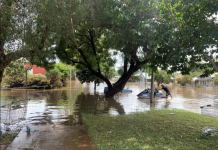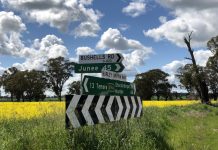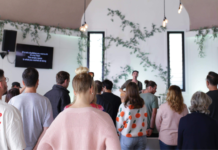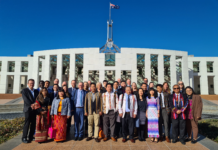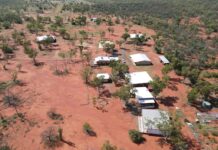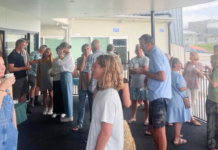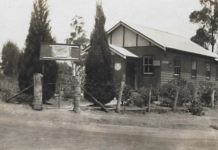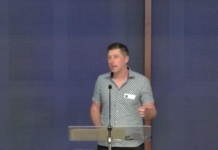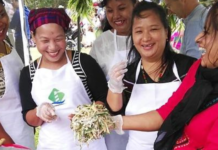
As a movement of churches, the Baptist Association of NSW & ACT has embraced a vision to grow to 1000 healthy churches. We refer to this vision as Gen1K – 1000 healthy churches in a generation. This means a commitment to planting over 600 new churches in the next generation. It also means investing and engaging in the healthy development of our existing 340 churches, along with a commitment to multiplication.
Our commitment to healthy churches has led to the intentional rebirthing of some churches. Some churches have been in decline for so long, or have become so depleted that they no longer have the people resources or energy to function effectively. Rebirthing, which is essentially closing the existing church and restarting or replanting a new church, becomes the healthy option for these churches.
One of our churches in Sydney’s South West had declined to eight people and would soon be reduced to four after two couples made the decision to leave. While a difficult decision for the remaining members, the church closed and remained closed for nine months. A few suburbs away one of our church planters had planted a church and was using space in an existing church building. Through some negotiation and planning, our church planter relocated to Sydney’s South West and rebirthed the church that had closed. After three months we held a celebration service where 120 people gathered as part of the rebirthed church.
South of Sydney another of our churches had declined to 15-20 people and the pastor moved on. Rather than close, the church chose to embrace a revitalisation process to assess its capacity to restructure and enter a new season of growth and mission. We examined their history, values and community options, and embarked on a learning process of what it means to be a mission-shaped church. Some read books like “Surprise the World” by Mike Frost and “Fruitful Church” by Andrew Turner, others visited some of our new church plants and reported what they had learned. After almost 12 months the church had gained a new sense of vision and posture towards mission. The church began to grow. Earlier this year they were able to call a new pastor with a strong gift of evangelism to lead and equip them as they seek to engage missionally with their community.
Another example of churches engaging in our Gen1k vision and the commitment to developing healthy churches is through larger churches sharing their resources, through partnership. One of our well-resourced larger churches has made the decision to come alongside one of our churches that needed revitalising. We have identified one of our inner west churches which is open to assistance and willing to enter into a partnership. The larger church will provide resources, leadership, release people to join the smaller church (some even moving from one side of the city to the other) and potentially employ a pastor to lead and grow the smaller church. There are now several of our larger and well-resourced churches considering ways to engage in our Gen1k vision including partnerships, multi-campus, and church planting.
Not only are our churches engaging in the Gen1K vision, churches are coming together in our regions to develop a vision and strategy to grow and multiply their churches. In the far north of our state, a region which currently consists of nine churches has developed a vision to grow to 30 churches and raise up 30 leaders. The Hunter, Sydney South and Western Sydney have all embraced a vision to grow to 100 healthy churches in each of their regions. In addition to our existing regions, new regions are being established with a strong emphasis on church planting and multiplication. Some of our historic regions are restructuring and developing their own vision around Gen1K.
Underlying all the regional strategies, as well as our Gen1K vision, is a strong commitment to prayer, discipleship and leadership development. We know that we will not reach 1000 healthy churches without raising up a strong commitment to leadership development across all levels of our movement.


